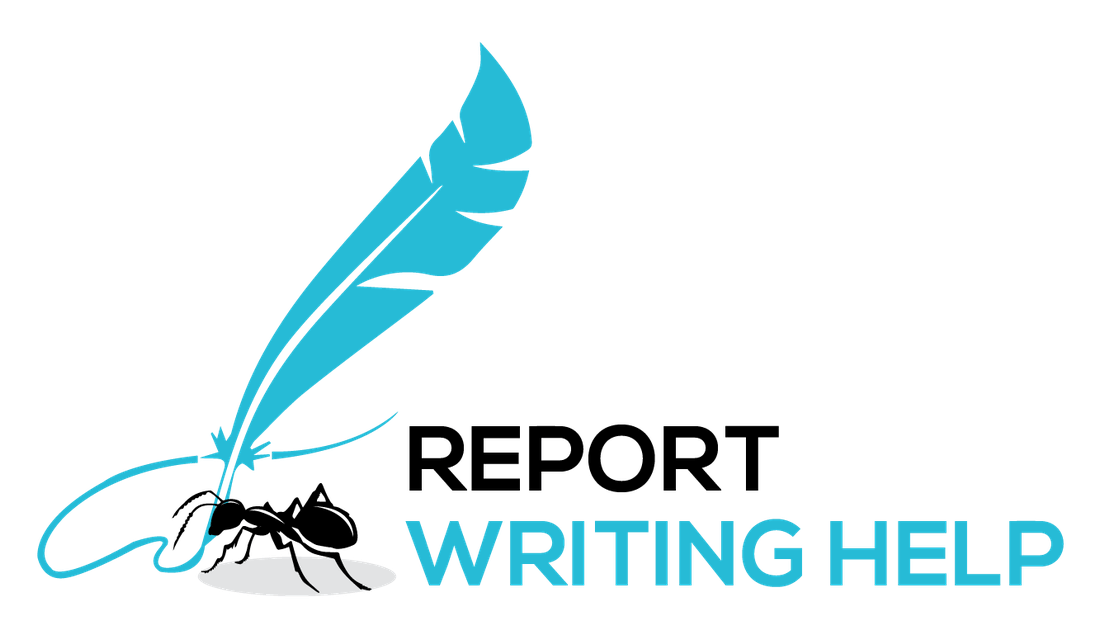
Efficient Informational Report Writing Help with a Personal Touch!
Think your copy is about as exciting as watching paint dry? Think again! ReportWritingHelp is here to inject a dose of fun into your facts! We'll help you organise your information like a boss, ensuring your content sparks curiosity and leaves a lasting impact. Why hesitate then? Prepare to wow your professor with informational reports that are anything but boring!
Transform Your Reports with Professional Writing Assistance:
Conquer your courses and boost your grades with Report Writing Help! We’re not just another service provider – we’re your academic allies, ready to unleash our research skills and writing magic to help you ace your assignments. Let’s seize that A now!


Constant Care: Need assistance at any hour? Our 24/7 support team is always a message away, ready to answer your questions and assist you through any challenge.
Secure Services: Your privacy is locked down tighter than a bank vault. Our rock-solid NDA policy and advanced SSL encryption are like an enchanted shield, protecting your information and keeping your academic journey confidential.
Cost-effective Help: Get premium quality without the premium price. Our affordable rates are designed with students in mind, meaning you get top-quality assistance without feeling the financial pinch.
Edit Excellence: Perfection is our promise. That's why we offer unlimited free revisions to ensure your paper is flawless – every sentence sharp and every argument on point.
15+ Years of Academic Excellence!
Have a look at our badges of honour that echoes our prowess!
750+
Assignment Experts
9000+
Successful Projects
99.9%
Customer Satisfaction

Struggling with your Assignments? Work Smart, Not Hard! Achieve A+ Reports with Our Skilled Writing Team!
Experience Firsthand Why Top Students Rely on Us to Ace in Class
Simplify Your Studies with Online Informational Report Writing Services!
Feeling buried under a mountain of facts for your informational report? Research can be fascinating, but it often feels like you’re drowning in details. That’s where we swoop in! Certified experts are here to provide top-notch informative report writing assistance and set you up for ever-lasting success. We’ll craft a report that's not only organised and informative but also engaging enough to actually get your classmates nodding (in a good way!). Ready to showcase your A+ understanding and impress everyone? Let’s get started!
Struggles with Finding Relevant Information?
Are you overwhelmed by the sheer volume of information available for your informational report? It’s a common problem! Going through endless sources to find relevant, credible information can be time-consuming and frustrating. Not to mention, the pressure to include accurate and up-to-date information can make the task even more daunting.
Our proficient researchers are skilled at finding and organising the most relevant information for your report. They’ll filter through the noise on your behalf and incorporate high-quality sources that strengthen your arguments and provide a solid base for your masterpiece. So, what’s the delay for? With our expert assistance, you’ll have a well-researched report that stands out without relying on information report writing samples or templates online!
Difficulty in Structuring Your Report?
Crafting a logical and coherent structure is crucial for clarity, but let’s be real, it’s often easier said than done. Without a proper informational report outline, your work can become a jumbled mess, making it hard for readers to follow your main points.
Our professional writers excel at creating clear-cut and well-organised reports. They’ll help you develop an orderly and intelligible format that ensures each section of your copy flows seamlessly from one point to the next. This approach not only makes your report easier to read but also enhances its overall impact. So, why even worry? With us in your corner, your assignment will be structured to perfection, making your information accessible and engaging!
Challenges with Maintaining a Formal Tone?
Struggling to maintain a formal tone throughout your informational report? It’s a standard complication, especially when trying to balance academic rigour with readability. A shift in tone can make your work seem unprofessional and affect its credibility. Not a good look! But fear not because you’ve got us backing you up!
Our team includes writers who are adept at maintaining the appropriate formal tone. They’ll ensure your report is written in professional, polished style that meets the highest academic standards. From the introduction to the conclusion, every part of your assignment will be carefully edited to maintain a consistent and formal tone. So, why wait at all? By following the correct structure of report writing, we’ll enhance the overall presentation of your work, making it both authentic and compelling!
Trouble Summarising Complex Data?
Presenting data clearly while avoiding oversimplification is a delicate balance many fail to achieve. You might get tangled in the details, or conversely, to leave out essential points, making your report either too dense or too vague.
Our writers are skilled at simplifying tricky information into concise, understandable summaries. They’ll help present your data in a systematic informative report writing format, ensuring it’s both clear and insightful, making it easy for your readers to grasp the key points. Rest assured, your paper will effectively communicate your findings without overwhelming your audience. So, why struggle alone? Let us transform your detailed research into a compelling narrative that engages and informs your readers!
Proper Citation and Avoiding Plagiarism?
Correctly citing sources and avoiding plagiarism are critical, yet many students find these tasks confusing and stressful. Missteps can lead to severe academic consequences, such as poor grades or even failure. This often causes many to resort to desperate measures like Googling “write my research paper for me” only to fall victim to scams. But you don’t have to worry about that.
Our team is well-versed in all major citation styles and will ensure your report follows the required guidelines. We use advanced plagiarism detection tools like Turnitin to ensure your work is original and properly cited. Plus, we also provide complimentary plagiarism reports for transparency. So, sit back, relax and let us take the reins! With our expert touch, you can be confident your work will be academically sound and plagiarism-free.
Issues with Time Management?
Does your schedule start to resemble a race against time, with the finish line nowhere in sight? We understand your frustrations! Balancing multiple assignments, part-time jobs, exams and personal responsibilities can leave you barely enough time to focus on your report. This can lead to hastily done, mediocre work, unsatisfactory grades and increased stress.
However, don’t sweat it! We’ve got a team of time management gurus ready to assist. From report writing experts to marketing case study writers, our team is pro at managing the tightest deadlines. They can handle urgent requests efficiently, delivering high-quality work even under pressure. So, rest easy knowing we’ll ensure timely delivery and superior quality, helping you achieve the best possible results.
Experiencing Writer’s Block?
Staring at a blank page, unsure how to start your informational report? Writer’s block is a common problem that can limit your progress and significantly affect your motivation. On top of it, the pressure to produce a well-written report can make it even harder to get started.
Our team will help you overcome writer’s block by providing ideas, creating detailed outlines for clear information report structure and offering ongoing writing support. With our assistance, you’ll move past the initial hurdles and be on track. So, why hesitate? Let us help you turn your ideas into an exceptional informative report that meets all your academic requirements.
Ready to Level Up Your Coursework? Let’s Get Your Order Rolling!
Planning to place an order for our online coursework services but don’t know how to reach out to us? There is no hard and fast rule to it. Let us guide you through the three very convenient ways:
Live Chat with Customer Support:
If you want a personal touch, we have got just the thing for you! Say hello to our super cool Chabot, your trusty sidekick, for a live chat experience where you can connect with our amiable customer support team, who will guide you through the process of placing your order. All of our representatives are always ready to answer any questions, dish out pricing information, and even give you the inside scoop on turnaround time.
Drop an Email:
You can also send us an email with all the juicy details of your coursework, including any specific requirements and instructions. You will immediately get a response from our team members, who will be eager to help you!
WhatsApp Us Today:
Give us a ring at our WhatsApp number! Someone from our team will be delighted to take your order for coursework help and provide any necessary assistance. So, what’s holding you up? Grab onto our easy options and ace your academic journey with style and grace!

Meet Our Best Report Writers

Johnathan
Ph. D. in Psychology
With a Ph.D. in psychology and a passion for groundbreaking research, Smith has been helping people and students alike to understand the secrets of the mind for 20+ years.
Explore Our Relevant Report Services Across Various Subjects
Struggling with a report in history, marketing, or another challenging subject? Our team of experts covers a wide range of academic disciplines. No matter the subject, we provide tailored report writing services to meet your specific needs.


